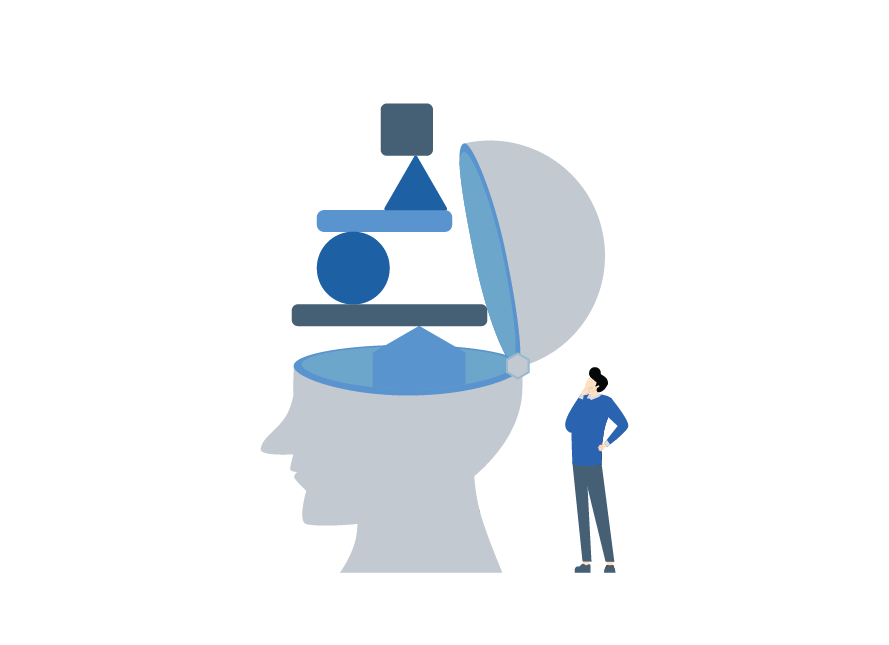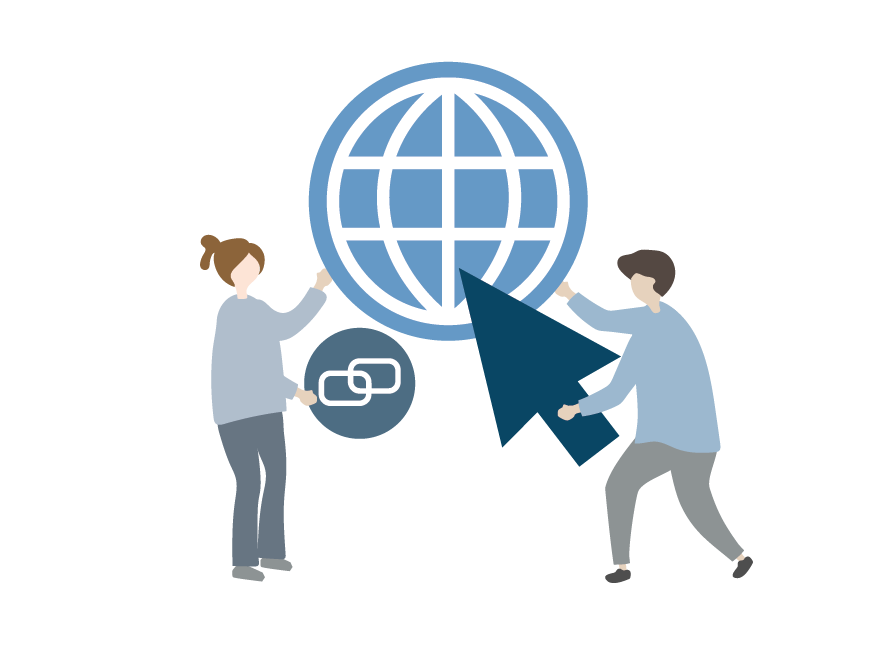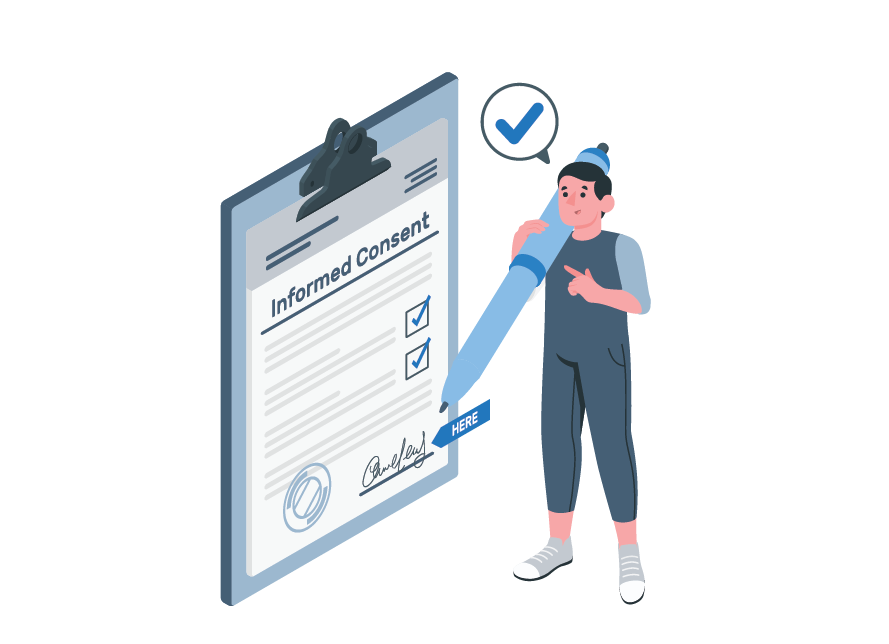Ethics Worksheets
How can you use these ethics worksheets in an ethics-by-design process?
Ethics worksheets are a kind of one-pager in which an ethical issue is unpacked in a concise, interactive manner. They are intended to be a learning resource, a support manual for personal reflection, documentation template and a guide for necessary discussions in the team.
The worksheets include content inputs in various formats:
- A short introduction to the topic
- Questions for reflection and discussion
- Space to formulate something yourself
- A list of further reading or sources on the topic
The ethics worksheets provide input for a response-able software development process (see ethics primer) whereby ethical and social considerations are brought into an otherwise technologically focused decision making process. They support making practices transparent, by providing more information about how things are usually done: documenting firsthand experiences, practical knowledge, inherited habits and an operative status quo. They aim for an attitude of taking responsibility, of striving to see the bigger picture of remote impacts or side effects of one’s own business. Ethics begins with the development of a sensitivity and reflective attitude (or stance) towards the ’obvious‘.
The worksheets include questions which are structured according to such logic of ‚seeing the bigger picture‘:
- To Ourselves — What expectations on ethical actions do we have? That is, what intentions do we pursue and what actions do we refrain from?
- To Our Project team — What expectations do we have for our product and our development? Do we focus on the results or do we also try to shape the development path? How do we manage to achieve something good for as many people as possible?
- About Our Users — What expectations do we have of the users of our products? Do we try to make their lives as easy as possible? Is there a value in creating friction and slowing down processes so that there is more time to understand,? Do we empower users to take independent actions?
- Our societal impact — Do we have any societal demands? Do we adopt current commercially successful approaches without hesitation? Do we risk an innovative but unfamiliar approach?
In case some terms are not clear, please have a look at our list of key terms.

Biases can be defined as miscalculations, distortions in the distribution of training data of artificial-intelligence-algorithms or cognitive limitations like stereotypes. Biases are an ethical challenge because they support the discrimination and unfair treatment of certain individuals or groups based on their race, gender, age, religion, sexual orientation, or other personal characteristics.
You can download the worksheet as a PDF-file.

While it is generally an ethical imperative to make our services accessible to as many people as possi ble, the choice of target group depends on multiple factors, including the expected relevance of our ser vice to specific audiences. Any resource prioritization has to be made consciously, discussed ethically and documented transparently.
You can download the worksheet as a PDF-file.

When providing information for consent or control options apps, there are different approaches to designing them.These depend not only on the functions of the apps but also on our understanding of usability regarding “Choicearchitecture”. This refers to the way choices are presented to users including aspects of spatial arrangements, number of choices, descriptions and defaults.
You can download the worksheet as a PDF-file.
